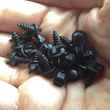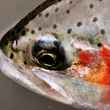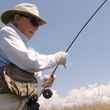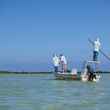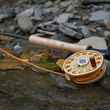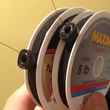You would likely be hard pressed to find a fly fisherman that doesn't have an inbuilt tendency to go long. We buy rods that cast further, lines that shoot longer and so on. For the most part, it's easy to see why. For many first time fly casters, casting even 20 feet of line can seem like an insurmountable hurdle. As we begin to get a feel for it, casting a bit further and controlling more line becomes a bit easier. As our control increases even more, casting longer and longer lines becomes a far simpler task. Control, we all quickly learn, is paramount to fishing success. And so we begin to equate our ability to be in control when fishing with our the ability to cast more line.
Plus, it's fun. Watching a well-formed loop unroll on a 50 foot cast is a thing of beauty, and one that any angler can take pride in having created, even if it lasts only for a fraction of a second. The reality, however, is that short casts catch more fish.
Most certainly there are situations when tossing a long cast is a must, but these situations are the exception rather than the rule. Short casts are the norm, at least they should be, and the anglers on the stream that aren't throwing line farther than they need to are often the ones catching the most fish. And there are many good reasons why.



